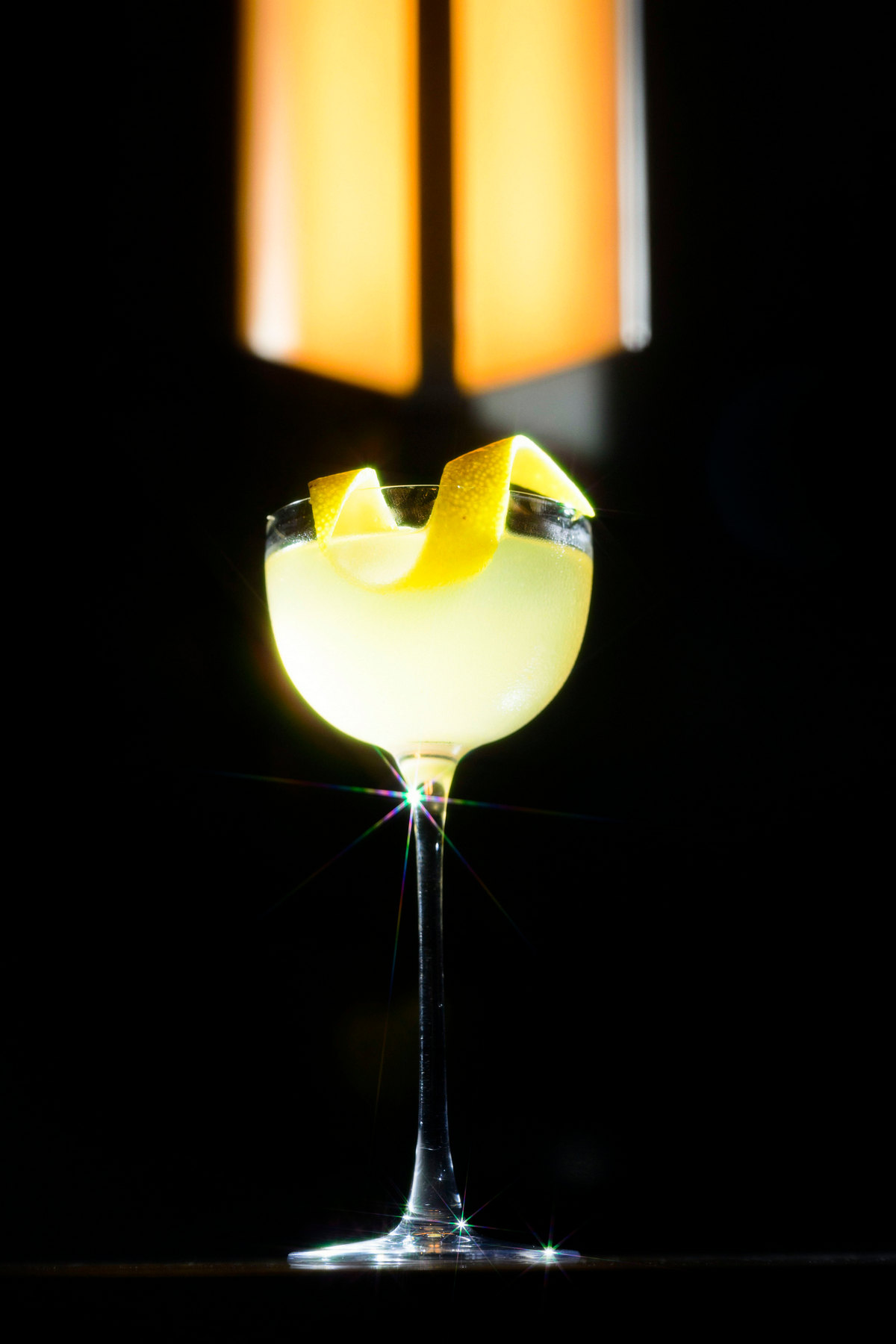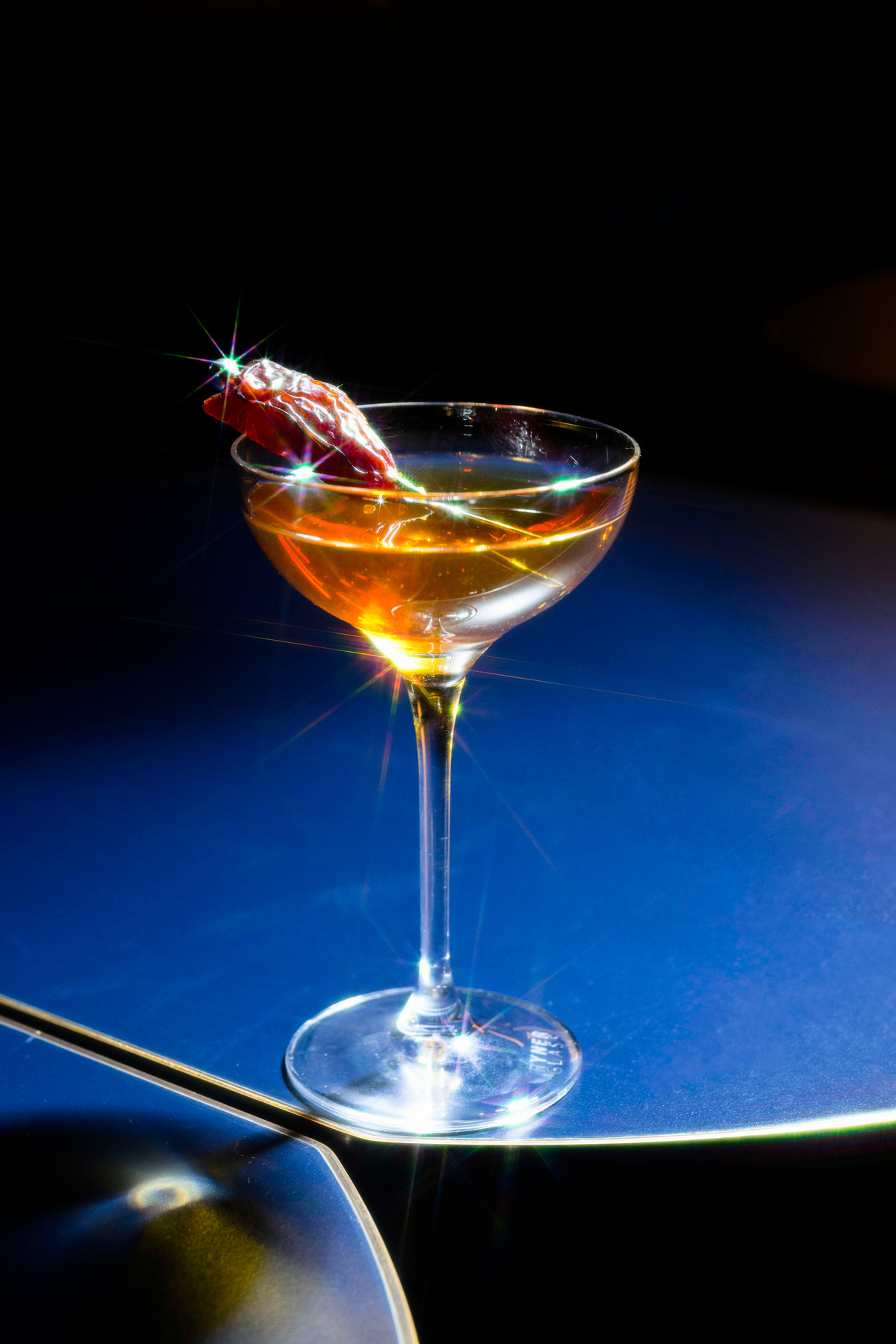
Story by Cara Devine. Cara is our Melbourne-based drinks writer. She is the manager of Bomba in Melbourne and the face and talent behind the cocktailing youtube channel Behind the Bar. You can email her at behindthebarchannel@gmail.com
There’s something pretty special about a wine category that includes both the driest and the sweetest wines in the world, and covers a wide spectrum of flavour profiles in between. This is the reason that the bartending world’s sherry obsession shows little sign of abating; it’s a palette for your palate.
Sherry has risen to claim its rightful place as a beloved modifier in cocktails, used to bring interest and depth in drinks, often by way of highlighting inherent deliciousness in spirit profiles – consider how the salt and herbal notes of fino bring out the vegetal pepperiness in Blanco tequila, or amontillado the nuttiness in rum. But to think of it only in this context could be doing this wine a disservice.
Sherry has risen to claim its rightful place as a beloved modifier in cocktails, used to bring interest and depth in drinks, often by way of highlighting inherent deliciousness in spirit profiles – consider how the salt and herbal notes of fino bring out the vegetal pepperiness in Blanco tequila, or amontillado the nuttiness in rum. But to think of it only in this context could be doing this wine a disservice.
During lockdowns, Spanish Acquisition (an importer of Spanish wines to Australia) held a ‘Marco de Jerez’ tasting of wines from what is commonly known as the ‘Sherry Triangle’, the wedge of land in the south of Spain between the towns of Jerez, Càdiz and Sanlùcar de Barrameda where the wines that we know of as sherry are made. The owner, Scott Wasley, was gearing up for a revolution. “The term ‘Sherry’ carries very little useful freight – it doesn’t accurately describe anything at all, really. And it imposes unfortunate limits on describing the output of a complex and interesting part of the wine world,” he says. “‘This sets up a false dichotomy between ‘Sherry’ and ‘Wine’. And ‘Sherry’ is woefully inadequate at describing Sherry wines, anyway. We need to re-define the wines of ‘Sherry Country’ and the most productive way to do so is to under-define it.”
“Great,” I grumbled to my partner. “We’ve only just got people drinking sherry again and now we’re supposed to stop calling it that?!” Despite Wasley’s radical agenda, the term sherry isn’t going anywhere, but last year new regulations for the Denominación de Origen (DO) Jeres-Xérès-Sherry came into force, changing some fundamental rules, including the fact that sherry no longer has to be fortified. Winemakers in the region such as Ramiro Ibáñez of Bodega Cota 45 and Willy Perez of Bodega Luis Perez hope this will move the conversation away from the narrative of Palomino (the main grape variety planted here) being ‘neutral’, with the only characteristics of the wines forming via the ageing process.
The grip of ‘Big Sherry’ on the region is being loosened with smaller winemakers looking to celebrate the unique terroir. In her book ‘Sherry’, Talia Baiocchi speaks of trying a Manzanilla Pasada (aged manzanilla) from independent sherry bottlers Equipo Navazos. “I remember decanting it, drinking it over the course of several hours, and wondering just how it had taken us modern wine people so long to figure out how infinitely complex – on the level of great Burgundy, Riesling, Champagne – sherry can be.”
All of this is to say that sherry is every bit as nuanced as the spirits we revere. Just as we no longer baulk at the idea of using a high-end single malt or artisanal mezcal in a cocktail designed to showcase the unique attributes of that particular bottle, perhaps we should approach sherry cocktails in the same way – allowing them to be the star of the show. The idea isn’t new; venerable cocktails such as the Sherry Cobbler and the Coronation Cocktail put the wine firmly front and centre. But it does seem newly relevant in this era of no-and-low drinks, providing the smooth satisfaction of a booze-forward drink without all the alcoholic punch.
After all, as English playwright W. Somerset Maugham said, sherry is the civilised drink. Let’s treat it as such.
 Coronation Cocktail
Coronation Cocktail
Dating back to the very early 1900s, this is an adaptation of a variation included in ‘Sherry’ by Talia Baiocchi
60ml fino sherry
15ml dry vermouth
5ml maraschino liqueur
3 dashes orange bitters
Garnish: lemon twist
Glassware: coupe
Add all ingredients to a mixing glass, add ice and stir. Strain into a chilled coupe glass and garnish with a lemon twist
 Black Wasp
Black Wasp
Credit: Alejandro Archibald
40ml fino sherry
40ml sherry fig liqueur*
10ml Amaro Montenegro
2 dash orange bitters
Garnish: skewered fig
Glassware: coupe
*Slice 1 kg figs horizontally (as neatly as possible) and add to 500ml each amontillado sherry and Rutherglen muscadelle and peel of one orange. Allow to infuse for 5 – 7 days (or 4 hours at 60° in a sous-vide). Strain figs off (reserve for garnish) and mix in 10% by weight of caster sugar.
Add all ingredients to a mixing glass, add ice and stir. Strain into a chilled coupe glass and garnish with soaked fig.
 Contraband Cobbler
Contraband Cobbler
Credit: Cara Devine
40ml oloroso sherry
20ml medium dry cream sherry (amontillado/PX blend)
15ml apricot liqueur
2 dash pecan bitters
2 lemon wedges
1 orange wedge
Garnish: mint sprig and dried apricot
Glass: stemless wine glass or rocks glass
Muddle citrus wedges in your shaker then add all other ingredients. Shake and dump into your glass then top with crushed ice and garnish


